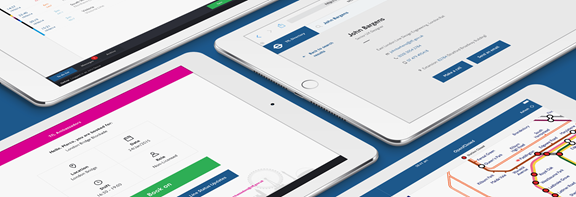To accelerate the Connected Organisation, the technology architecture has to support rapid, continuous improvement. This means closing any gaps between the developers of, and the operational owners of, your software. Otherwise, their interests start to diverge. Developers can become focused on shipping software quickly without thinking about maintenance, while operational owners need to clamp down on changes to make sure things don’t break.
In a small startup, developing this collective ownership is much easier - they’re usually the same person! In an enterprise already operating at scale, this is more challenging. To accelerate connecting your organisation, focus on the enablers of software quality. You can move fast without breaking things.
This requires the capability for automated deployment, testing and monitoring built into the infrastructure. For example:
- Representing your infrastructure as domain specific code, that can be owned and understood collectively by the whole team, breaks down barriers to co-operation.
- The right hosting infrastructure will enable standardised and largely automated deployment.
- Automating critical change management processes, like testing or security certification, enables rapid deployment of software while still assuring that it works.
- Application performance monitoring, whether metric driven or based on detailed logging, should be rich enough to identify potential problems and the root cause of issues; as well as surfacing the right alerts when required.
- Robust logging and monitoring can enable ‘self-healing’ infrastructure, with automated applications that can correct themselves when things go wrong.
This focus on automation in your core technology architecture is a powerful Accelerator. It enables the rapid deployment of great software, and reduces compromises between high speed and high quality. It’s a big topic, and we’re just scratching the surface here. Look out for more from Kin + Carta on this soon.





